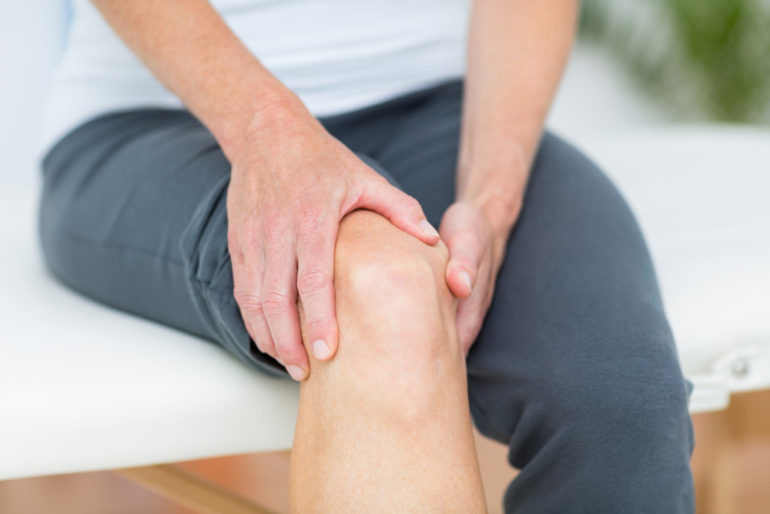Osteoarthritis (OA) or ‘wear and tear’ arthritis is the most common joint condition, thought to affect over 8 million people in the UK. It causes pain, swelling and stiffness in a joint and can affect any joint in the body.
Causes of Osteoarthritis
In my day to day work as a physiotherapist I see osteoarthritis affecting mostly the hips, and knees. There are thoughts that this is because they are load bearing joints and therefore take lots of force and stress which eventually leads to them ‘wearing out’. However this isn’t necessarily true; our joints are cushioned and designed to take load. Running, for example, will not increase your risk of developing osteoarthritis. What will increase your risk is the way your joints function/move (biomechanics).
The surface of your joints are covered with hyaline cartilage, which is there to protect the surface of the bone. The shape of the joint is designed to sit well with the adjacent bone. Attaching the bones together are ligaments. You also have muscles attached around the joint that can influence the joint position. I will use the hip and knee to give you an example of how biomechanics can influence joint position. Weakness of certain muscles in the hip can alter the position and movement of the thigh bone. That weakness might cause the knee to ‘knock in’ which will alter the normal weight bearing position of the knee, therefore altering the pressure through the joint and increasing your risk of ‘wear and tear’ through the knee joint.

This pressure will cause irritation of the joint surface which will give you pain, inflammation, swelling and eventually lead to stiffness.
Improve the Biomechanics
By improving your core and hip strength you can significantly improve the biomechanics of the hip and knee and reduce pain by improving the weight bearing position of the joints. I encourage this for everyone as it is also an effective way to prevent arthritis in the first place! This is the same for any joint in the body, by improving your posture and the way your body moves then you can improve the function of your joints. I recommend clinical Pilates to improve joint alignment through strengthening the joint stabilising muscles. The other benefit to clinical Pilates is learning how to stretch the joints without causing pain. Joint stiffness can give you pain therefore maintaining joint flexibility is key to reducing pain too. Joint stiffness can also affect the biomechanics of the joints above and below it too.
Pain Relief
Using heat and ice can also aid pain relief. You would want to use ice on a hot, swollen joint whereas heat is better for a stiff achy joint.
Pain relief can be used although I prefer natural methods such as exercise! Anti-inflammatory medication can help reduce the inflammation in the joint, but think about it…. improving the joint biomechanics will stop the inflammatory process in the first place!
Lyndsay Hirst, chartered physiotherapist, Your Pilates Physio





